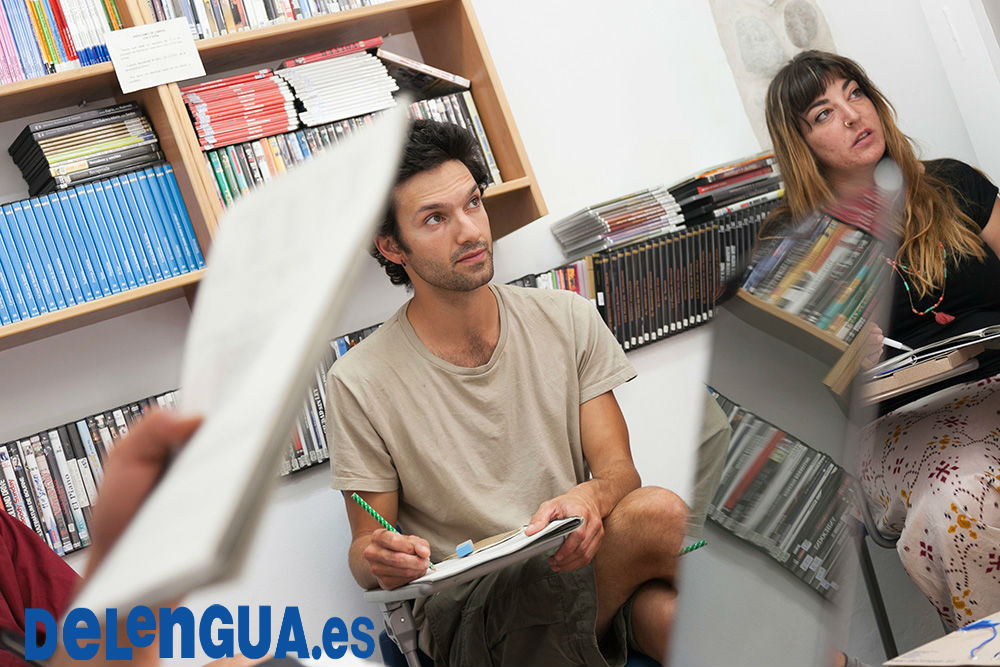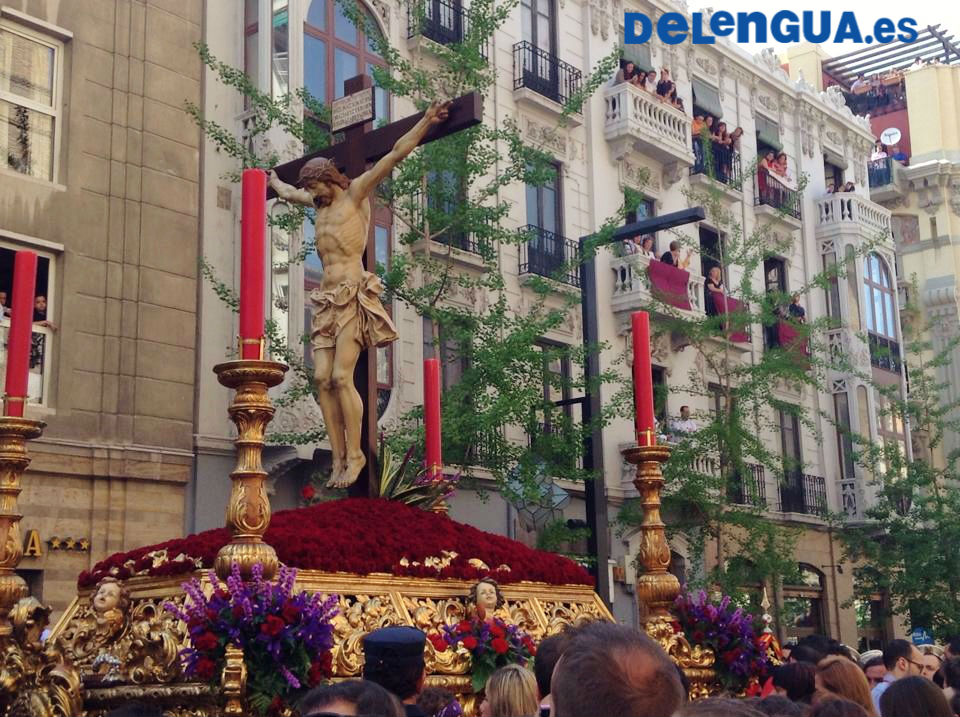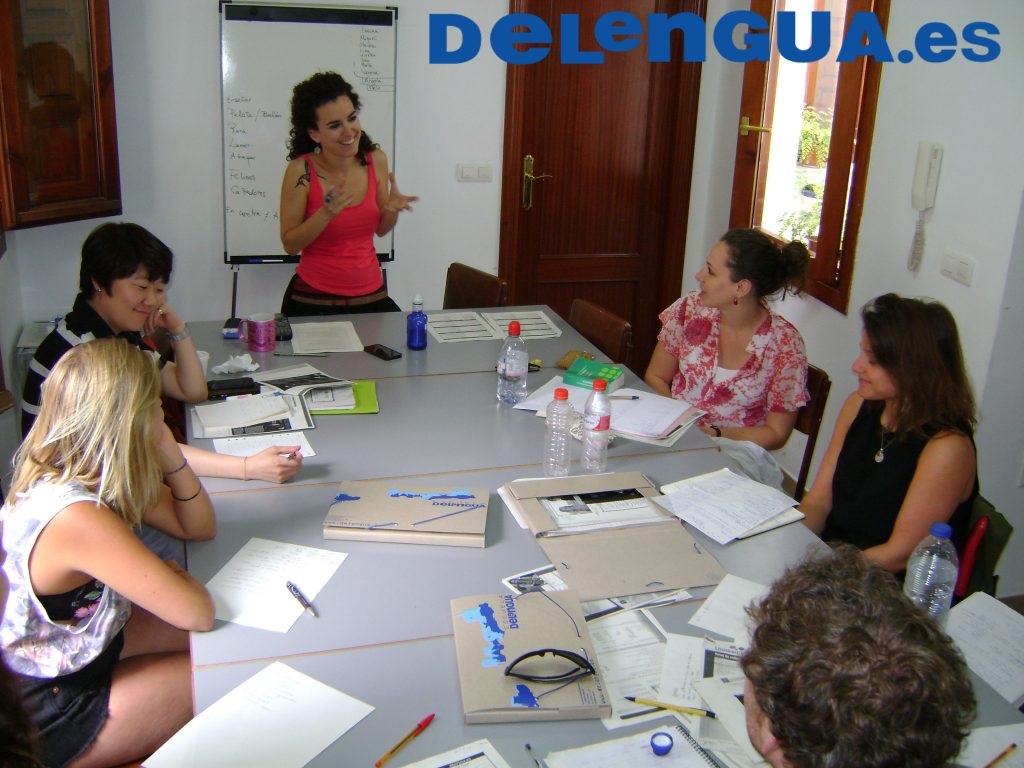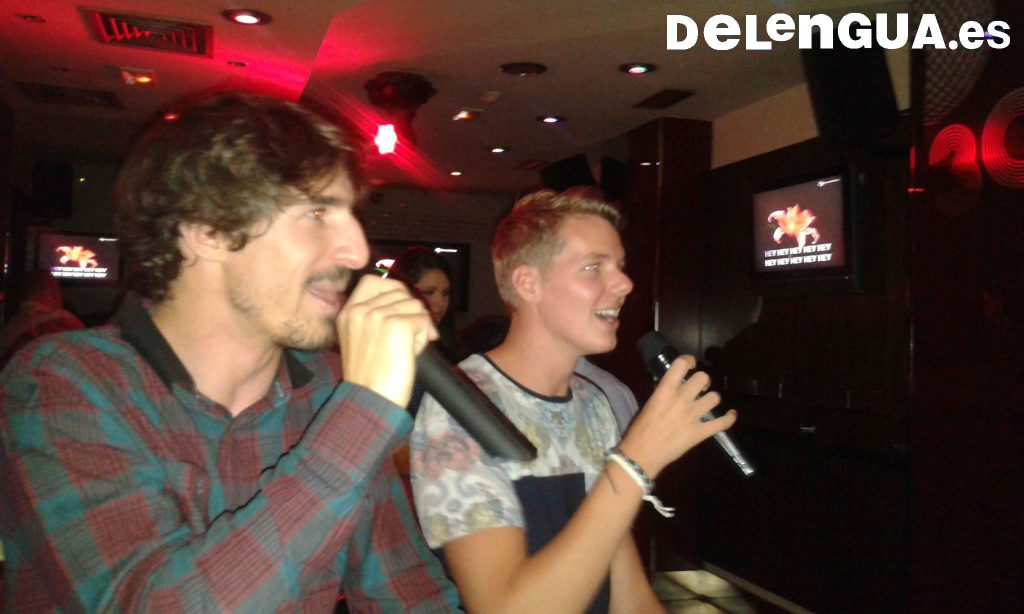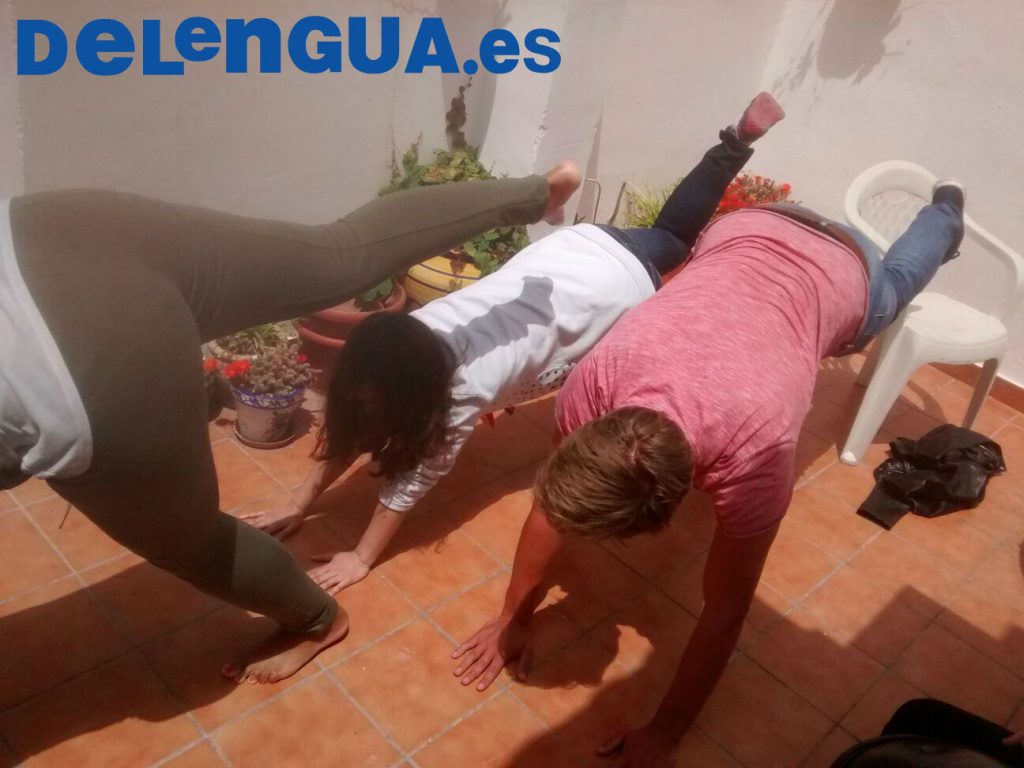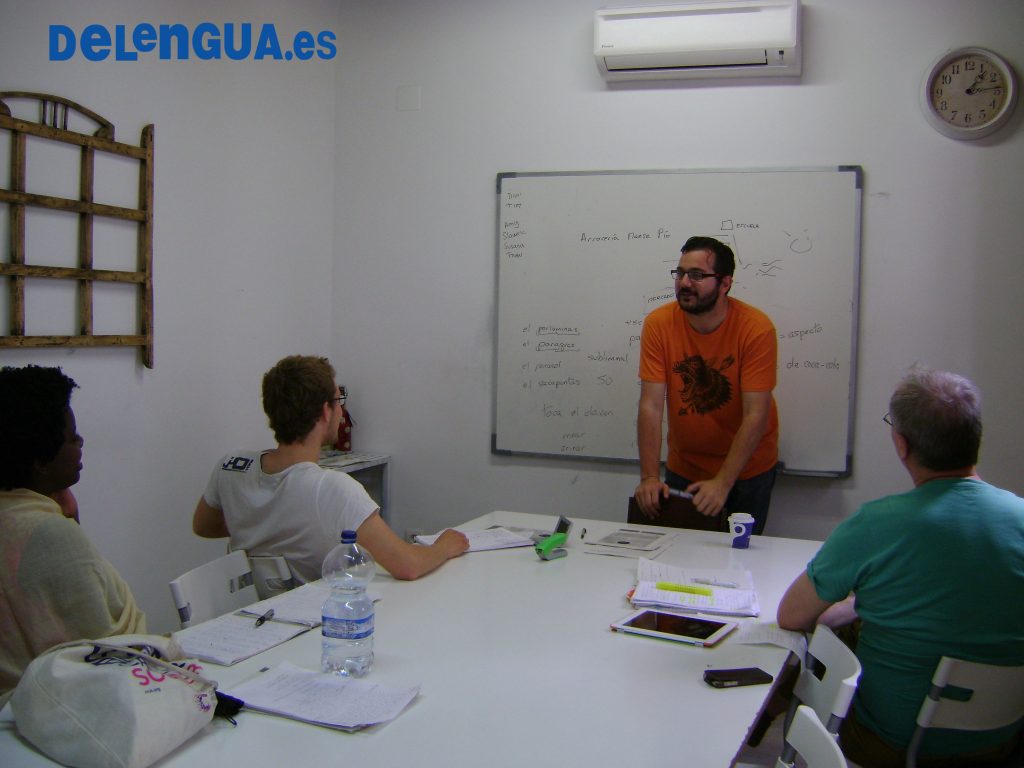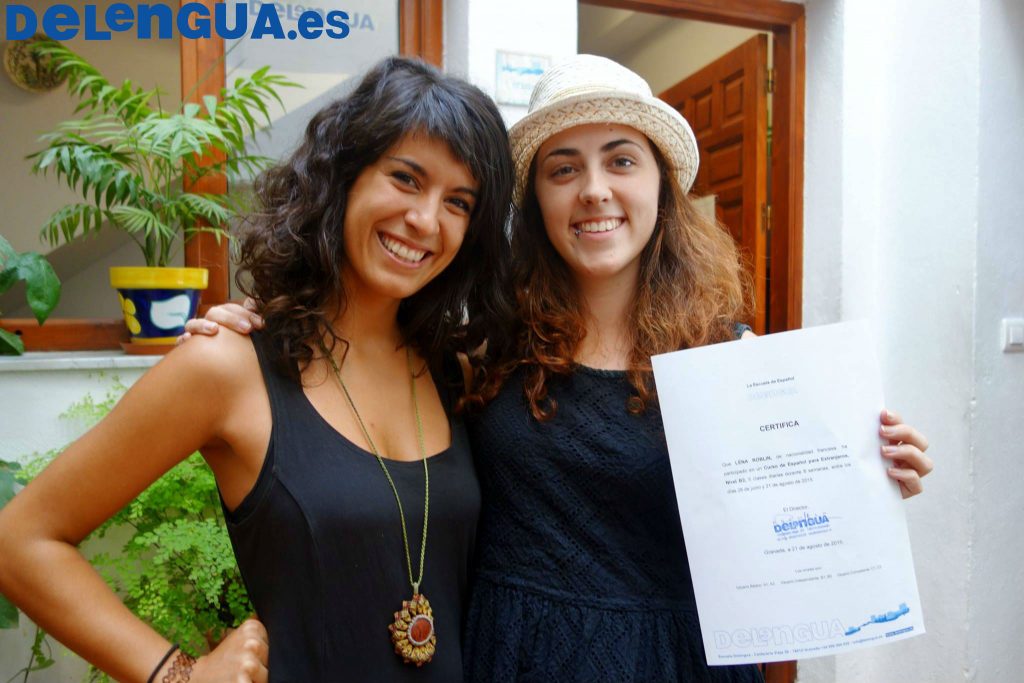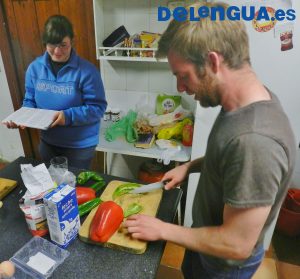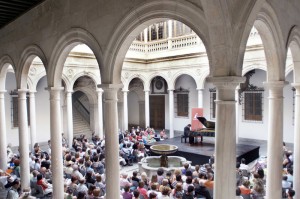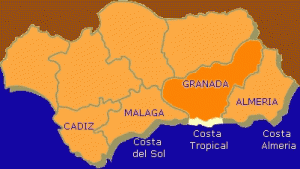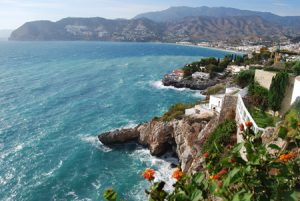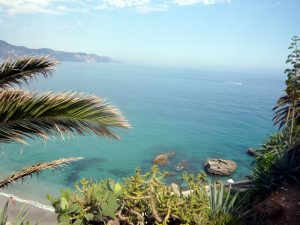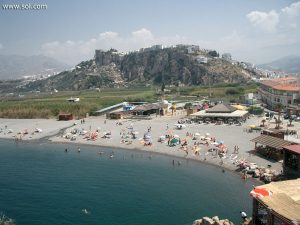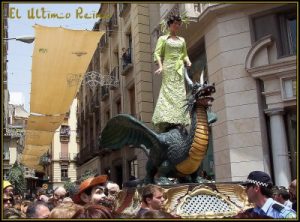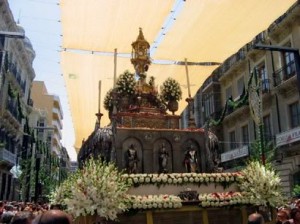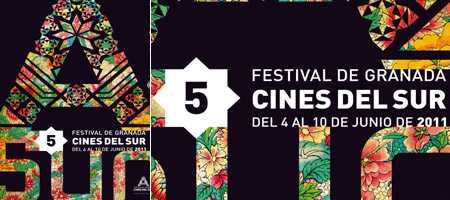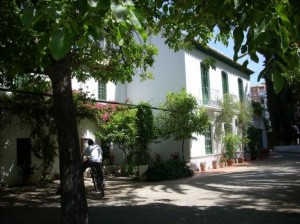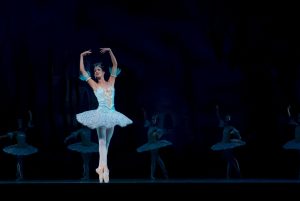
| Español | Inglés | |
|---|---|---|
| El Festival Internacional de Música y Danza de Granada es una de las citas culturales más importantes y uno de los festivales con mayor tradición dentro del territorio español. Se celebra cada año y la próxima edición de 2011 es del 24 de junio al 12 de julio. Este año el Festival cumple 60 años y para celebrarlo se han programado atractivos conciertos, ópera y espectáculos de danza, recitales de flamenco, conciertos para jóvenes y teatro para niños. Tendrán lugar 20 días de diversión y fiesta. El programa abarca diferentes géneros, cada uno celebrado en un escenario distinto: los conciertos de grandes orquestas sinfónicas se realizarán en el Palacio de Carlos V; la danza y el ballet, será en el teatro al aire libre de los Jardines del Generalife; los recitales, en el Patio de los Arrayanes de la Alhambra; los conciertos matinales, en las iglesias y edificios históricos de Granada, y el flamenco y otras músicas del mundo en los barrios típicos del Albaicín y el Sacromonte. Son muchos lo que vienen en estos días de junio y julio a la ciudad, cada año más de 30.000 personas se congregan para el festival. En su programación siempre encontramos una combinación entre la presencia de grandes estrellas y jóvenes promesas, además de alternar obras claves de la historia de la música con otras apuestas de carácter más innovador. Ven a Granada durante el festival y combina tu viaje con un curso de español en la Escuela Delengua, una escuela de español que se sitúa en el centro de la ciudad. Disfruta con nosotros este festival maravilloso, mientras mejoras tu español. |
|
The International Festival of Music and Dance in Granada is one of the most important cultural dates in the diary and one of the most traditional festivals in the whole of Spain. It happens every year and the festival for 2011 will be celebrated from the 24th June to the 12th July. This year the festival reaches its 60th year and to celebrate they have scheduled concerts, the opera and dance shows, flamenco recitals, concerts for young people and the theatre for children. It will take place over 20 days of fun and celebration. The programme covers different genres, each one celebrated in a different scenery: the great symphonic orchestra concerts are in the Palace of Carlos V; the dance and ballet, is in the open air theatre in the gardens of the Generalife; the recitals on the patio of the Arrayanes in the Alhambra; the morning concerts, in the churches and historical buildings in Granada, and the flamenco and other worldly music in the well known barrios of the Albaicín and the Sacromonte. A lot of people come to the city for these days in June and July, each year more than 30.000 people congregate for the festival. In its programme, it has always combined the presence of great stars with young promise and it alternates key works from the history of music with other work of a more innovative character. Come to Granada during the festival and combine your trip with a Spanish course at Escuela Delengua, a Spanish language school that is situated in the centre of the city. Enjoy this wonderful festival with us and improve your Spanish at the same time! |




